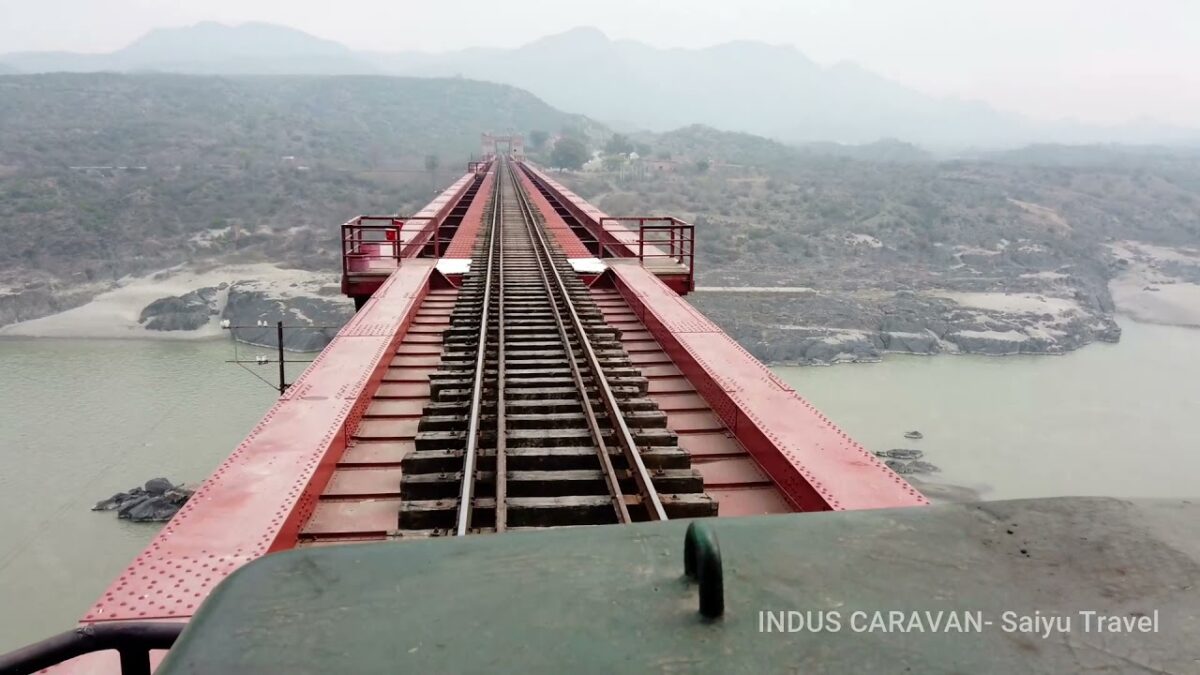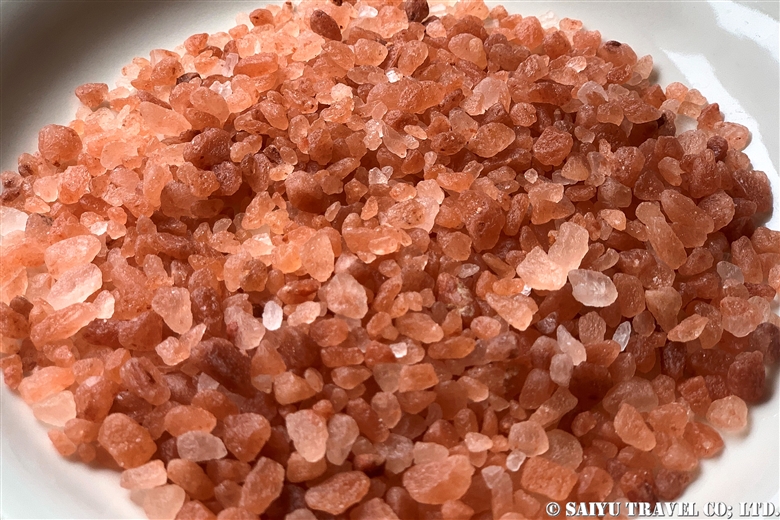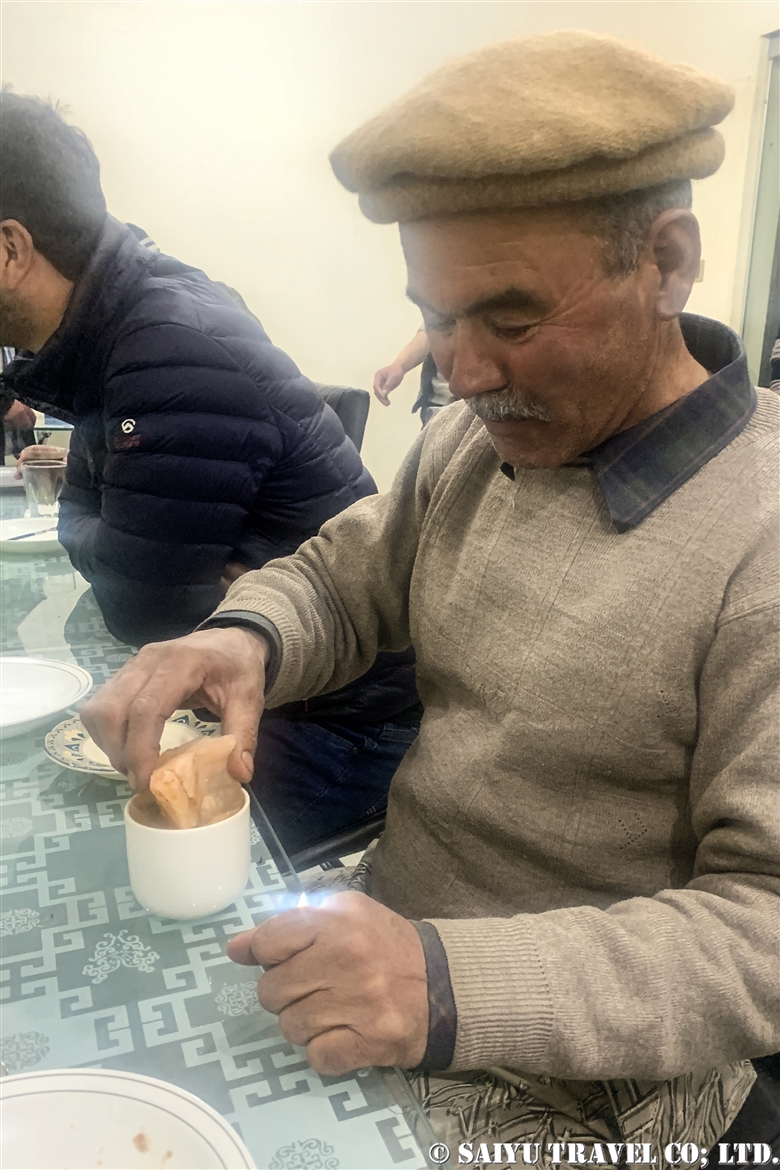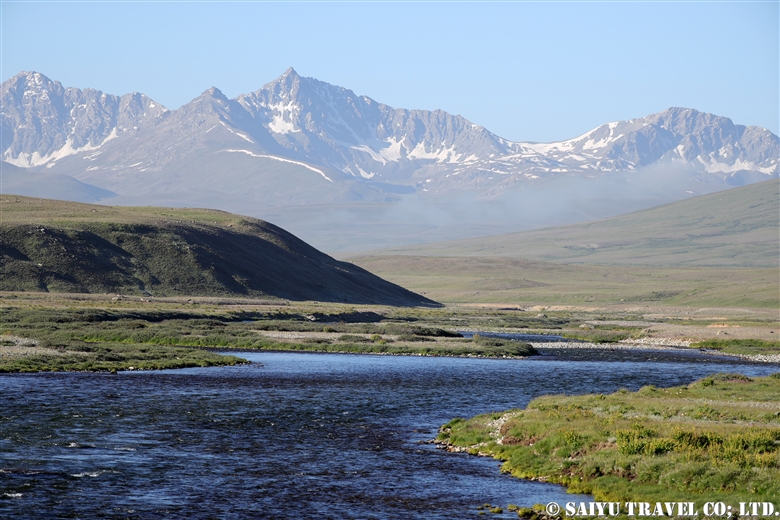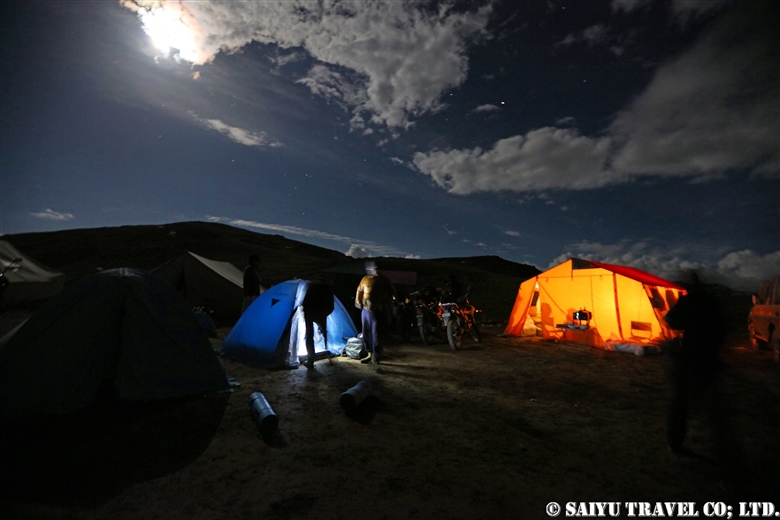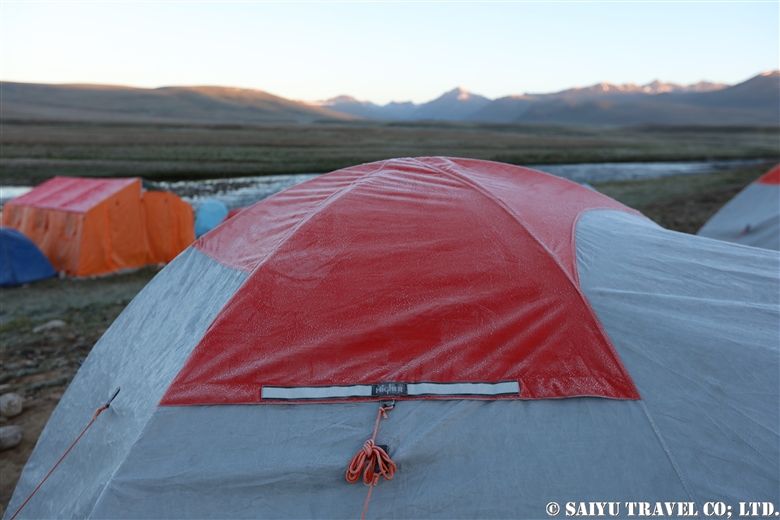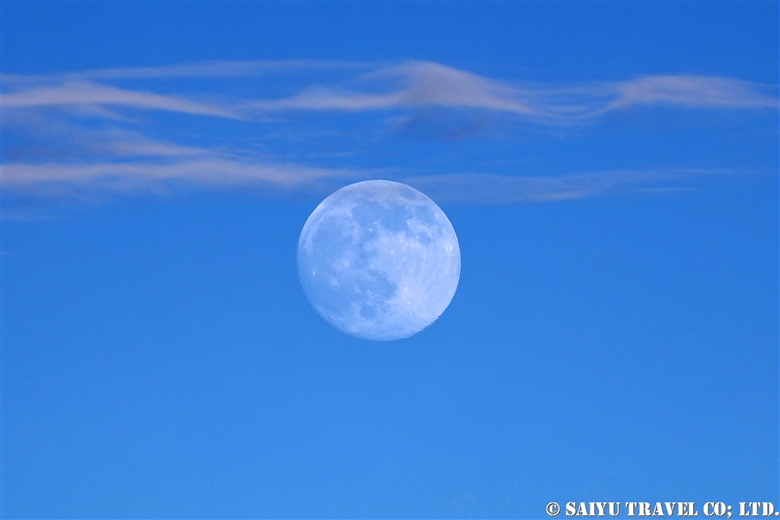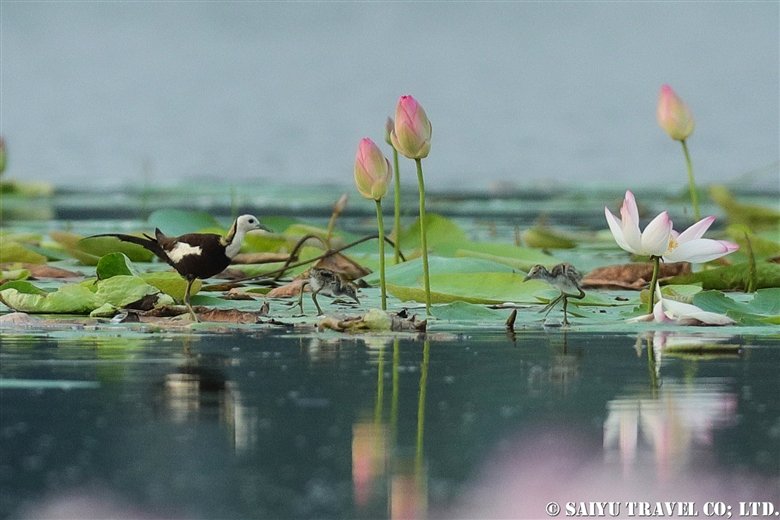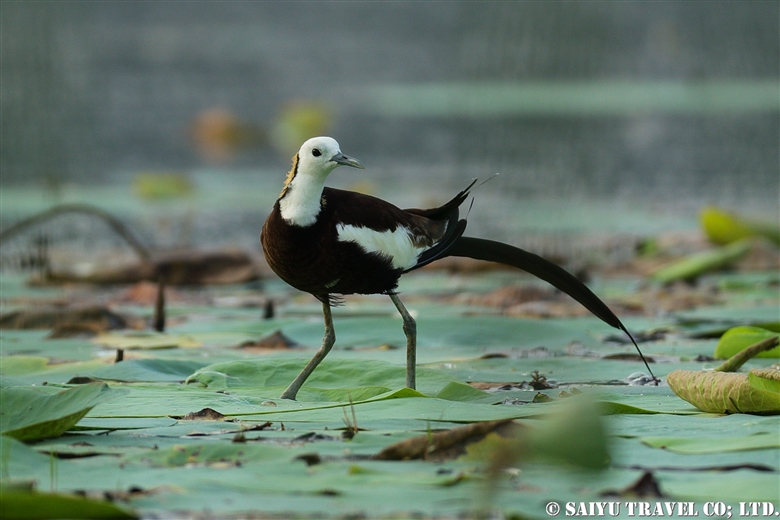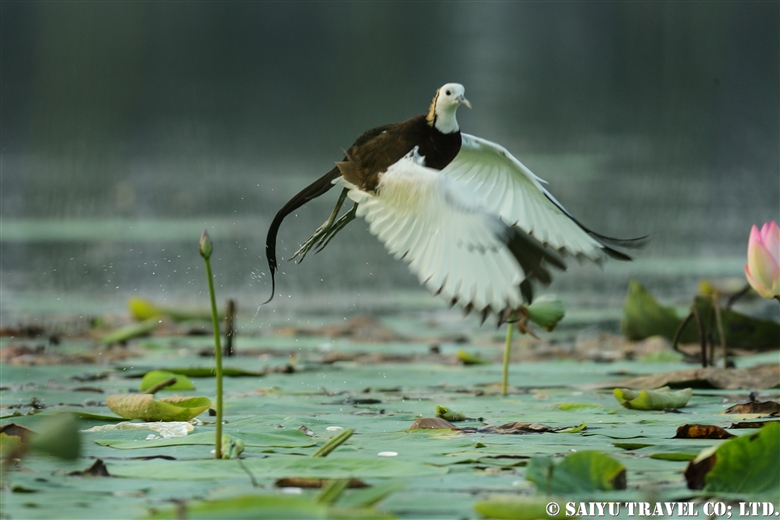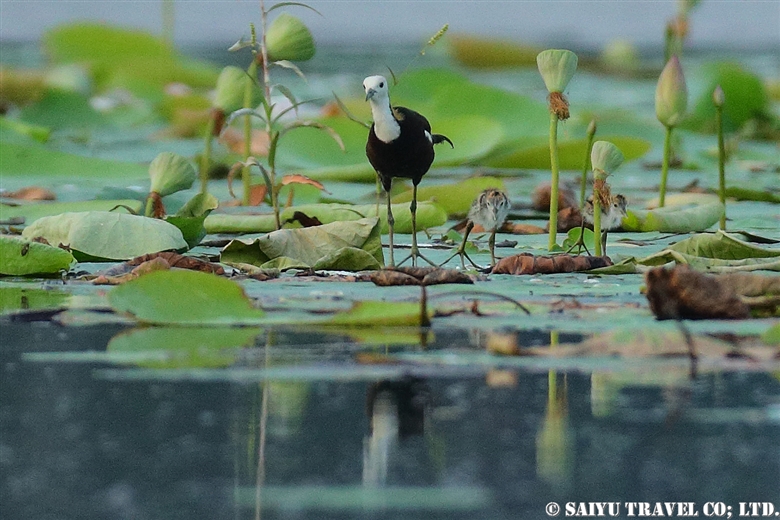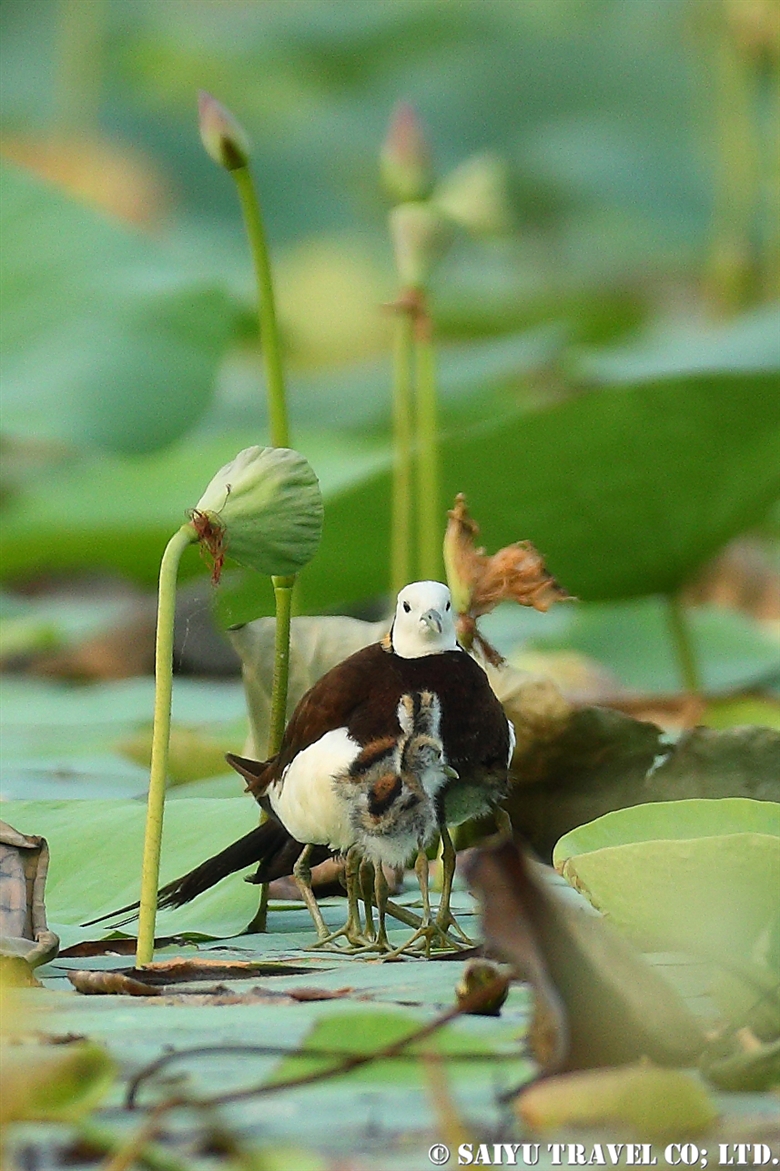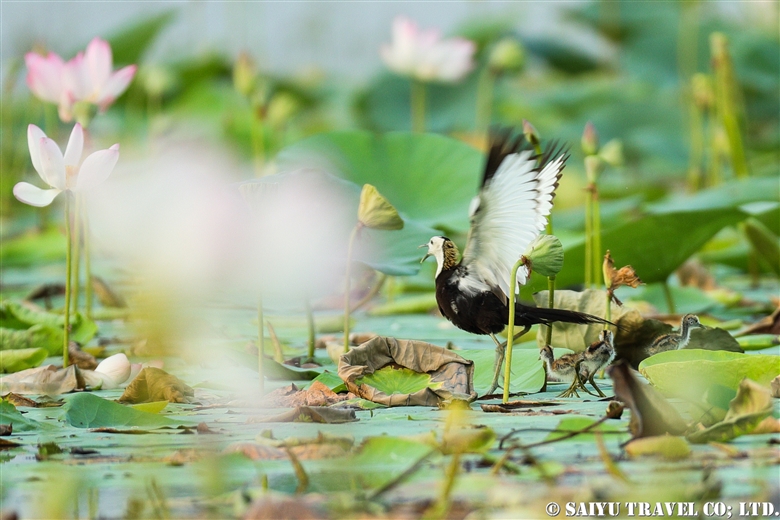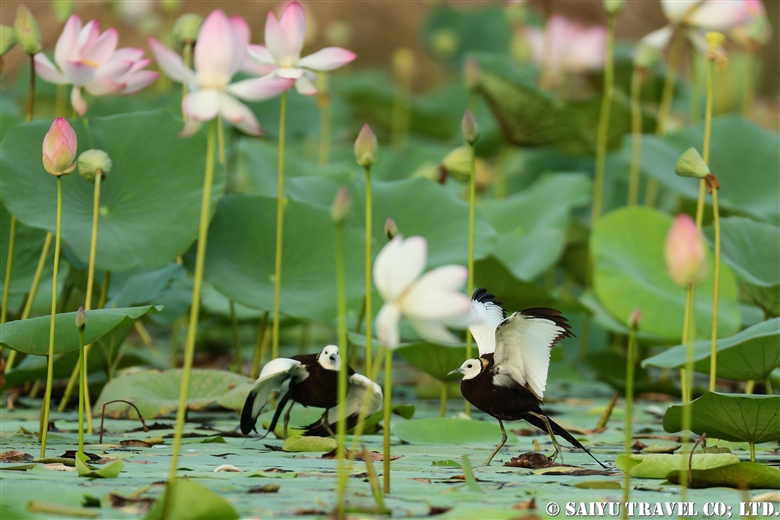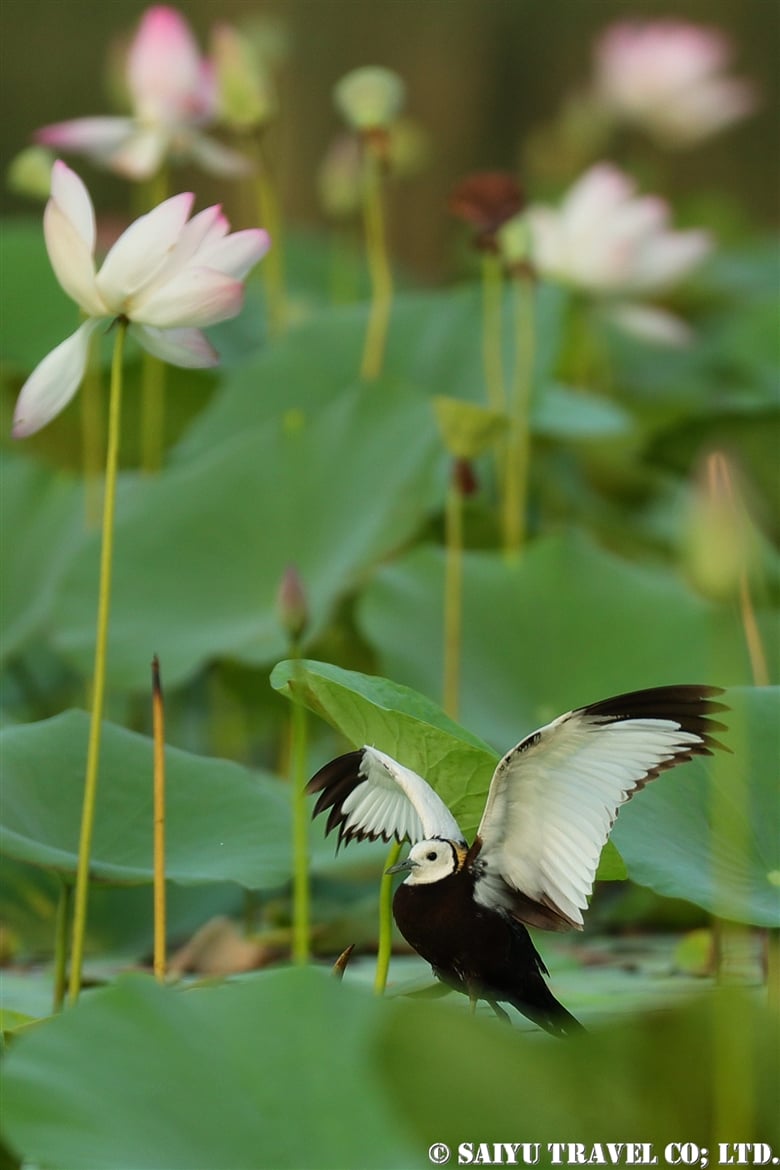
In late October, Northern Pakistan’s poplar trees turn a golden hue, making it the most beautiful season of the year. Travel from Gilgit to Shandur Pass through the Ghizer District is spectacular. With less traffic in the valley, the view along the road is one of the best.

On this day, we left Gupis to travel towards Chitral. There were rows of golden poplar trees reflecting the sun against the clear autumn sky. However, as we kept stopping to get photos of the dynamic landscape, our progress getting to Chitral was quite slow.

As we made our way uphill to Phandar, we found a herd of yaks that were being gathered together. Due to snow in the higher elevations, they were being brought down and were being herded together to be taken to their pasture lands.

A view of the bridge near Phandar. In the past, many of the suspension bridges like this were made of stone, wood and wire. But they are steadily being replaced by concrete bridges made by China. As a photographer, it is sad to see these kinds of bridges getting phased out.

Eventually, we started up the Shandur Pass. We saw a donkey caravan passing us as they were heading down, loaded with fuel for their fires during the cold winter. Their heavy load was packed with materials for firewood, including dried cow and yak droppings

Shandur Pass at the altitude of 3,700m (12,140 ft). The Gilgit-Baltistan and Khyber-Pakhtunkhwa boarder is here. At the check post, all the foreigners will be asked to confirm their documents here.
When mentioning Shandur Pass, it is worth noting that it is famous for the “World’s highest altitude Polo Competition” the Shandur Polo Festival, which takes place in the summertime. The stadium was also covered by the snow.

This is a lake covered in ice on the Shandur Pass. This part of the road is extremely difficult to pass where the melting snow and sand mixes together into a muddy mess, causing a chaotic scene. 。

The steady, dependable vehicle of choice on these rough back country roads, is what is locally called the “Toyota Jeep.” These Toyota Land Cruisers from the 1970’s and 80’s are the go-to vehicle and have been retrofitted with the “Northern Pakistan Kit” both inside and out, which is designed to take a beating, but to get you to your destination.
These older jeep-type cars have been declining recently as newer land cruiser models become more popular, which is coming from Afghanistan into Gilgit-Baltistan and Khyber Pakhtunkhwa (Non Custom Paid Cars).
Even so, when it comes to driving in the snow, these rugged cars have a track record for being the most dependable. I’m so glad to know that even now, such an old Japanese car is still so heavily relied upon in the mountains of Pakistan. It is playing a vital role of connecting a remote village and delivering the supplies they need.

As we made our way down from the Shandur Pass, at the foot of the mountains, we stopped for a late lunch in the village of Laspur. We had lentils, curry made of freshly harvested potatoes, chicken curry, rice pilaf and naan.

In Laspur, this father and his daughter were running the wonderful “chaihana”. I was enchanted by the smile of this young lady.
We continued on our journey, taking the rough road to Mastuj, and then on to Chitral. By the time we arrived in Chitral, it was already dark.
Image & text : Mariko SAWADA
Visit :Oct 2021, Gupis, Phandar, Shandur Pass – Gilgit-Baltistan & Khyber pakhtunkhwa
Category : ◆ Gilgit-Baltistan > - Shandur Pass > - Ghizer / Shandur PassTag : Pakistan Travel company , Pakistan tour operator , Pakistan Photography Tour , Khyber Pakhtunkhwa , Northern Pakistan Travel , Pakistan Blog , Autumn in Northern Pakistan , Pakistan Travel Blog , Ghizer , Travel Pakistan Blog , Ghizer Valley , Indus Caravan , Gupis , Phandar , Saiyu Travel Pakistan , Shandur pass








